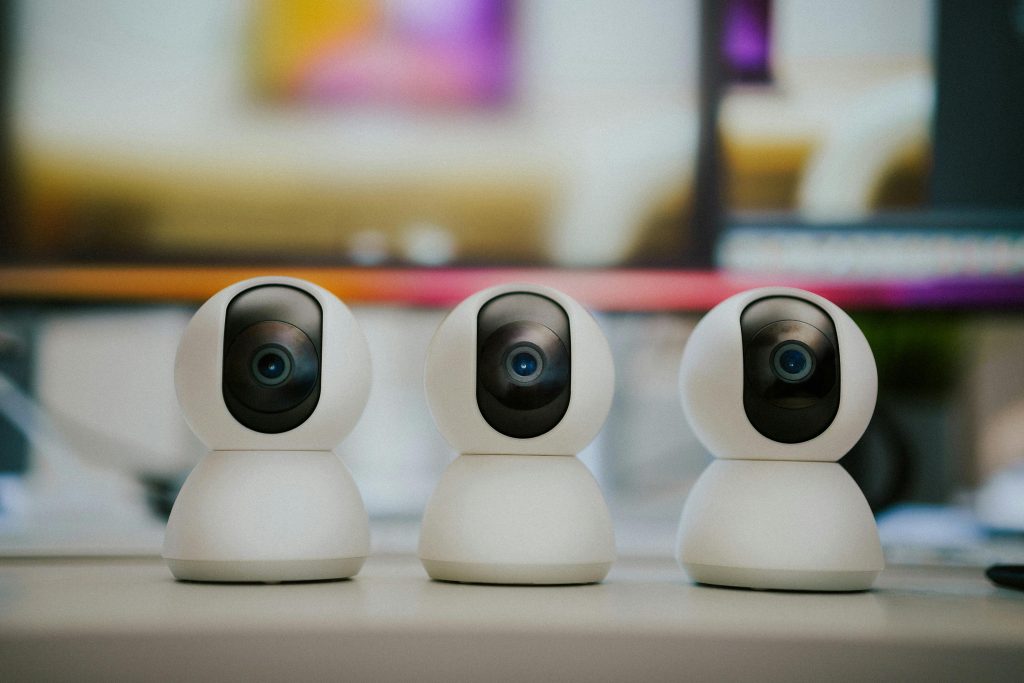4 Physical Security Tips for Better Cybersecurity for Startups
The current state of the tech industry is a paradox. As new tools become faster and more efficient, these same tools can be used to bypass security systems, steal data, and conduct cyber sabotage. Startups are the most vulnerable considering they are limited in terms of the resources needed to invest in robust cybersecurity systems. However, apart from digital safety, these small companies should also think about enhancing on-site security.

Photo by Jakub Zerdzicki from Pexels
Going beyond hiring security guards, it’s also important for startups to implement the right strategies that prevent attacks through their physical assets. These may include hardware such as routers, PCs, and servers, all of which are vulnerable to attacks conducted on-site. As a startup founder, you will secure these physical assets from the hands of data thieves and saboteurs. Doing so also improves your cybersecurity posture. Here are some cybersecurity tips to show you how you can get started on that:
1. Do a security audit
The first thing you will need is to assess your startup’s security needs. Apart from checking and testing existing measures, you will need to check if there’s anything else your facility lacks. Considering how fast technology improves, you should be prepared for more sophisticated cyberattacks using the latest tools.
Look for gaps in your current physical security setup. Check whether essential hardware is placed in secure locations on-site and find out who has administrator access to your central computers. Doing this gives you a good idea of whether you’re prepared for new threats or not.
2. Verify the people you hire
As your startup expands, you must hire more people for the team. In addition to hiring based on skills, you will need to know if the candidates are to be trusted. This is true if your startup focuses on software development as a niche. When interviewing applicants, always ask for references to vouch for their employment background.
It’s also important to check the authenticity of the documents they submit. You can employ MRZ scanning software to check their identification for verification purposes. For added safety, you may have to run a criminal background check to make sure they do not have a record of fraud.
3. Set up surveillance systems
When it comes to physical security, an on-site surveillance system provides deterrence against possible breaches done on-site in addition to ensuring the safety of employees. In the event of a data breach, you can review surveillance footage to check who was last seen entering critical facilities such as the server room or using the computers of your IT manager.
To make the most of it, place CCTV cameras in strategic locations that show people’s faces at clearer angles. If it doesn’t deter unauthorized actions, at least these cameras will let you know who to go after.
4. Set security protocols and train employees
The most crucial part of improving physical security on-site is to control who gets access to certain facilities. For this reason, you need to implement a set of guidelines that employees must follow if they require access. You may have to invest in a centralized access control system that secures login credentials and prevents unauthorized personnel from using important hardware.
It’s also crucial for new employees to understand on-site security policies as part of the onboarding process. You may also need to update these policies as you employ more advanced security tools and approaches relative to your startup’s growth.
Endnote
Don’t think that cybersecurity is your only focus in keeping your startup safe from hackers. As you move into a physical office, make sure to put these defenses in place for foolproof protection.

